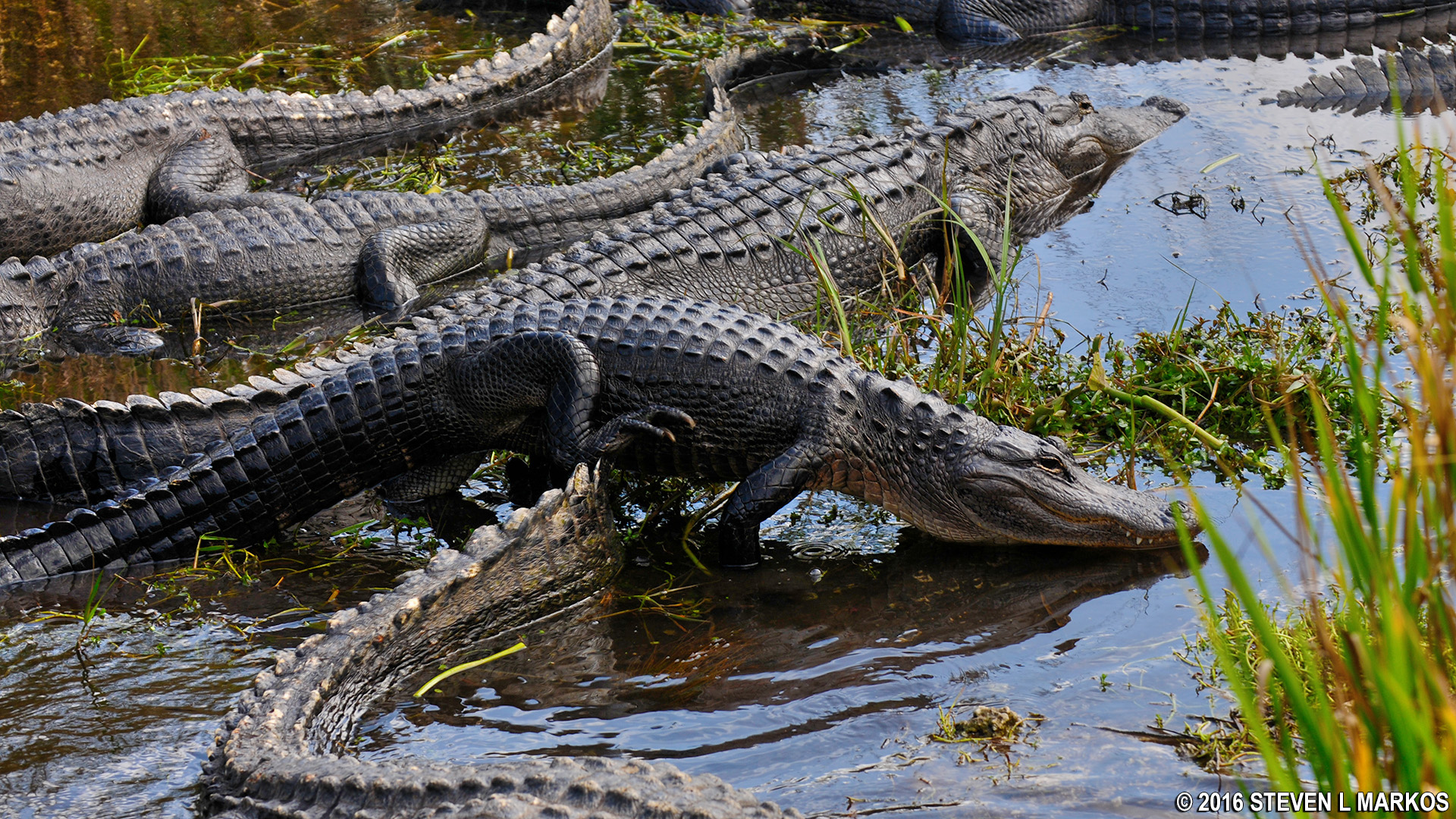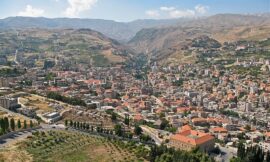Everglades National Park, a sprawling wilderness located in southern Florida, is one of the most ecologically diverse and unique ecosystems in the world. Encompassing over 1.5 million acres of wetlands, marshes, mangrove forests, and sawgrass prairies, the park is a haven for wildlife and a sanctuary for countless species of plants and animals.
The Everglades ecosystem is shaped by the flow of water, which originates from the Kissimmee River Basin to the north and flows southward into the shallow, slow-moving river known as the “River of Grass.” This unique hydrological system creates a mosaic of habitats that support a remarkable array of plant and animal life, earning the Everglades the nickname “River of Grass” and designation as a UNESCO World Heritage Site.
One of the most iconic features of the Everglades is its expansive sawgrass prairies, which stretch as far as the eye can see and provide vital habitat for a variety of species, including wading birds, alligators, and fish. These grassy wetlands are crisscrossed by a network of waterways, known as sloughs, which serve as natural channels for water flow and provide important feeding and nesting grounds for wildlife.
In addition to its sawgrass prairies, the Everglades is also home to vast mangrove forests, which line the park’s coastal areas and estuaries. Mangroves are specially adapted to thrive in saltwater environments, with their complex root systems providing essential habitat for fish, birds, and other marine life. These forests act as a natural buffer against storm surges and coastal erosion, protecting inland areas from the full force of hurricanes and tropical storms.
The Everglades is also renowned for its rich biodiversity, with thousands of plant and animal species calling the park home. From the elusive Florida panther and the endangered American crocodile to the iconic American alligator and the colorful roseate spoonbill, the park is a veritable treasure trove of wildlife, offering visitors a chance to glimpse some of nature’s most magnificent creatures in their natural habitat.
Exploring the Everglades is an unforgettable experience, with countless opportunities for outdoor recreation and adventure. Visitors can paddle through mangrove tunnels on kayak or canoe, hike through cypress swamps and hardwood hammocks, or take a thrilling airboat ride through the sawgrass prairies. Along the way, they may encounter a variety of wildlife, from graceful wading birds and playful river otters to majestic manatees and elusive Florida panthers.
For those interested in learning more about the park’s unique ecosystems and wildlife, the Everglades offers a variety of educational programs and interpretive exhibits. Visitors can stop by the Ernest F. Coe Visitor Center to pick up maps and information about hiking trails and ranger-led activities, or visit the Marjory Stoneman Douglas Wilderness Center to learn about the park’s cultural and natural history.
In conclusion, Everglades National Park is a true gem of the American wilderness, a pristine and unspoiled landscape teeming with life and beauty. From its vast sawgrass prairies to its lush mangrove forests, the park is a sanctuary for wildlife and a haven for outdoor enthusiasts, offering endless opportunities for exploration and discovery. As one of the largest and most unique ecosystems on Earth, the Everglades is a national treasure that deserves to be protected and preserved for future generations to enjoy.



